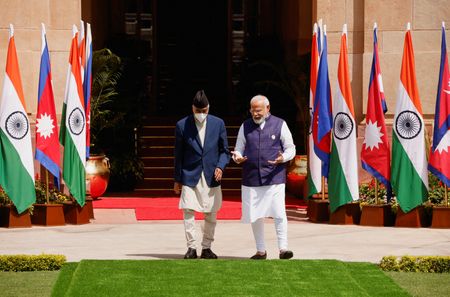
Perceptions in India-Nepal-China Relations

Nepal is sandwiched between the two giant economic and politically powerful nations – India and China. Perceptions play a more decisive role than the reality of Nepal’s ties with India and that of its relationship with China.
Scouring through recent literature from Nepalese sources, one gets the impression that the average Nepali political leader, bureaucrat, intellectual and media person is of the view that the country’s foreign policy has always prioritized maintaining “balanced relations” with these two nations for safeguarding its national interests, integrity and independence.
Nepal’s relations with China have always been cordial and friendly as the latter never interferes in the smaller country’s internal issues, while fulfilling its assistance commitments including those under BRI. On the other hand, Nepal’s brotherly relations with neighbouring India blows hot and cold.
Nepal’s ethnic, cultural, religious and historical ties with India are acknowledged as adding substance to warm and friendly ties between the people of the two countries. However, India’s penchant to influence Nepal’s internal politics, to not address festering wounds like the Kalapani boundary issue, inundation claims, border encroachment and inability to deliver on infrastructure projects, sends policy framers to the drawing board seeking to reduce Nepal’s over dependence on India.
The popular belief is that from 1975 onwards, after the merger of Sikkim with India, Nepal has followed a policy of balancing the competing influence of India and China. Turning to history one finds that like with India, Nepal’s relations with Tibet and China have been full of twists and turns, alternating between initial Gorkha victories over Tibetan troops in the First Tibet-Nepal War (1789-92), to being reduced to a Qing Court tribute paying State after being defeated by the combined Tibetan-Qing Emperor assisted army in the same war. When the Chinese refused to come to its assistance in the Anglo-Nepalese War (1814-16), which Nepal lost, it initiated for the first recorded time, a policy of balancing Imperial China and British India.
After the Second Tibet-Nepal War (1855-56) when Nepal defeated Tibet which failed to get support from a weakening imperial China, the latter threw its lot with Nepal. When the Qing Dynasty was destabilized by the Boxer Rebellion in the first years of the 20th century, Nepal aligned itself with the British Raj in India. It broke its relations with China after Tibet drove Chinese forces out in 1911. The 1950 takeover of Tibet by the PLA raised security and territorial integrity concerns in Nepal, which then aligned itself with the newly independent Republic of India.
India’s ramp up of its relations with the PRC via Panchsheel (Five Principles of Peaceful Coexistence) in 1955 seems to have encouraged Nepal to establish diplomatic relations with China the same year. Thus, we find that contrary to popular perception, Nepal-China relations over the course of over two hundred years has not been a smooth ride as made out to be, but one with its fair share of ups and downs, like that with contemporary India.
There seems to be widespread perception that India interferes in Nepal politics, while China does not. The fact is both countries try to exert influence on policies or practices adopted by the host country, when their own security and stability is affected through action taken by Nepal. In this context, India tried to persuade Nepal when it was seeking anti-aircraft equipment from China in 1989-90 or when the interests of the Madhesis, with strong familial ties in India particularly in the border States of UP and Bihar, was not taken into account in framing a new Constitution.
China too played an active role in trying to keep the Communist political forces in line in order to safeguard the stability of the K. P. S Oli Government, which was perceived to be close to China. The Chinese Ambassador was reported through 2020, meeting with various leaders of the CPN and even the President of Nepal in order to keep the factions of the then ruling party, together. Very few commentators in Nepal questioned the activities of the Chinese envoy.
On the other hand, Oli had himself said that plots were being hatched in New Delhi and Kathmandu to topple his government. China has also used its leverage with Nepal to push for its entry into SAARC, which has been staunchly opposed by India and other members of the regional group. China was also critical of Nepal’s decision to avail of a $ 500 million grant facility offered by the US Government-owned Millennium Challenge Corporation (MCC).
Chinese FM, Wang Yi who was in Nepal from March 25-27, 2022 just days ahead of PM Deuba’s historic visit to India, warned Nepal about “external interference” that threatened the core interest of Nepal and China. He asked Nepal to be “neutral” between its two neighbours, India and China, and advised the Nepalese side to desist from being dragged by the US and India and form an anti-China front. Unlike India, China does not face perceptible flak in Nepal for such open political canvassing. Perceptions in Nepal, fomented from higher echelons, permeate to the general public, who rarely get to know about the reality on the ground.
Another popular perception is that India consistently fails to deliver on what it promises, while China’s record is just the opposite. Nepal’s concerns with some of the Indian assisted projects are justified. What seems to get left out in the commentariat is on the success of some grassroots infrastructure created with Indian financial and technical assistance like the hundreds of Small Development Projects (SDPs) consisting of schools, libraries, health and maternity centres, ambulances and health equipment, micro hydropower projects, rural and urban roads and bridges, drinking water supply, reforestation and afforestation, in 70 districts of the country directly benefiting over a third of the population.
Other notable success are major cross-country highways, roads in the Terai region, ICPs for quick and smooth cross-border movement of people and goods, and the speediest first response to the 2015 devastating Nepal earthquake with disaster relief and medical teams and materials reaching the affected areas in hours, and $ 1 billion in grants and loans for reconstruction, including 50,000 private homes since rebuilt. Such a positive record does not justify the lethargy and lacunae in other major commitments, which unfortunately dominates the popular perception. China’s foot dragging on promised road and other projects under BRI, for which Nepal prefers grants rather than the loans offered by China, and failure to reopen popular border crossings to boost cross border trade and movement, are yet to dent China’s image as a reliable development and economic partner.
Another popular belief in Nepal is that India is not interested in trilateral cooperation with Nepal and China, which will benefit the people of the developing Himalayan country. A paper published by Kamal Dev Bhattarai in April 2018, [https://thediplomat.com/2018/04/the-china-india-nepal-triangle/] suggests that China wants to invest big in connectivity projects in Nepal but prefers to bring its Asian competitor, India, on board. However, Bhattarai says that India policymakers and academics have not shown much interest. He also refers to the November 2016 BRICS Summit in Goa when there was an unscheduled meeting between the PM of Nepal, PM Modi and President Xi Jinping, which the MEA, New Delhi said was not a trilateral meeting, giving further credence to the theory that India is not in favour of trilateral cooperation. Elsewhere, a Chinese scholar, Hu Shisheng is quoted as having said, “Our (China’s) policy is clear – if you (India) want to work with us you are welcome. If not then at least do not obstruct our work.”
This is clearly a case of China using India’s shoulder to fire the gun. India cannot and will not support any project anywhere in the world associated with BRI since it is principally opposed to the scheme which makes serious inroads into India’s sovereignty issues in Jammu & Kashmir, and has genuine concerns on its funding, selection and implementation process. The projects referred to by Bhattarai are evidently those contemplated under a Nepal-China agreement on BRI signed in 2017, which have failed to take off because Nepal is wary of taking further Chinese loans, which could push Nepal to the financial brink since its debt to GDP ratio had already reached 40.53% in 2020-21 as compared to 25.65% in 2015-16. It is reported that Nepal is dragging its feet on proposed BRI projects having conveyed to China that it prefers grants to fund such projects than to be burdened by additional loans from China.
What can India do to reduce the Trust Deficit with Nepal – Low Hanging Fruit
It is evident from the above narrative that India’s messaging and performance, both of which have created perceptions far removed from the reality in Nepal, need improvement.
Clearly this is a case of ‘China looks better than what it is, and India looks worse than what it is’ in the minds of the Nepalese people, which is shaped to a large extent by the views and utterances of the elite in government, bureaucracy, media and civil society. How to improve India’s messaging with these four pillars of Nepal’s political and social structure and others, so as to boost India’s image closer to reality in the popular perception, will need broader discussion and deliberation with experts in the field. My personal opinion is that India should desist from over denigrating Chinese flaws and instead project its strengths, which if used wisely can be useful to improve the lot of the last person standing in the queue in Nepal.
On the performance angle there are issues on which India, with some political will and persistence can improve significantly at very low political or financial cost. Nepal’s principal grouses are:
- 1950 India-Nepal Treaty of Peace and Friendship is one-sided
- India is exploiting Nepal on transboundary rivers
- Reluctance on the part of India to respond to regular border encroachment complaints
- Inundation complaints not addressed
- Harsh behaviour of Indian border guarding forces
- Trade and Transit issues including access to more ports in India
- Use of trade and transit embargoes by India
On the 1950 Treaty, India has agreed in principle to relook the same jointly with Nepal. It seems that the India-Nepal Eminent Persons Group (EPG) has finalised its recommendations. Both Governments need to examine the same and negotiate what is mutually acceptable in an expeditious manner.
India has had some success in the management and joint exploitation of transboundary rivers with Bhutan and Bangladesh. Perhaps there is something that can be emulated from its experience with these two countries, which could be used to settle issues with Nepal.
Alleged encroachments of territory, leading to boundary disputes is more difficult to resolve. The Kalapani issue which tends to come up from time to time, needs to be addressed through stable dialogue between the two sides, away from the limelight.
Inundation by Himalayan rivers flowing from Nepal to India is a cause of grief and misery to people on both sides of the border. A few years ago, both sides agreed to have joint teams to inspect and suggest remedial measures to address such flooding. This must be implemented in letter and spirit.
The alleged trigger-happy behaviour of India’s border guarding forces, particularly the BSF and SSB, needs to be addressed, as this is also a source of tension with another friendly neighbour, Bangladesh. Swift investigation and remedial measures following complaints, and retraining of border guarding forces, with emphasis on the human aspect of their jobs, will go a long way in assuaging the feelings and fears of residents on both sides of the borders.
Trade and transit issues are the easiest to resolve. Better coordination and increasing use of electronic/digital technology at the ICPs should reduce the transit time for passengers and goods at India’s border crossing points with Nepal. Nepal’s request for additional ports for their foreign trade transit in eastern and western India should be expeditiously examined and granted to the extent possible. The claim that Nepal’s imports and exports take approximately between 35 to 42 days to transit through India if correct, needs to be remedied. The transit time can be reduced substantially through better use of technology, processes, vigilance and if need be, more sea ports in India. Use of embargoes to address political concerns must be abandoned as a tool of choice.
The visit of Nepalese PM Sher Bahadur Deuba to India on 01-03 April, 2022, his first outside the country, blew a breadth of fresh air into bilateral relations. Several small but significant steps were taken following his meeting with PM Modi, including inauguration of the first cross-border broad gauge passenger railway service, use of Indian RuPay card in Nepal, and arrangements for augmented import of fertilizers and petroleum products from India. A Joint Vision Statement on Power Sector Cooperation was issued on the occasion, which also witnessed inauguration of another cross-border electricity transmission line built with an Indian Line of Credit (LoC), progress on the 900 MW ARUN IV hydropower project, augmented Nepalese approvals for power export to India, and agreement to expedite progress in the Pancheswar Multipurpose Project.
Nepal’s southern neighbour has a perception problem within the country, that its northern neighbour has largely avoided. Given the porous nature of its border with Nepal and the close ethnic, cultural and religious ties India enjoys with its northern neighbour, it needs to build on this advantage to boost its image and performance, in consonance with its role as a rising global power, whose friendly hand is boon to the government and the people of Nepal.
***************
Disclaimer
The opinions expressed in this article are the author’s own and do not reflect the views of Chanakya Forum. All information provided in this article including timeliness, completeness, accuracy, suitability or validity of information referenced therein, is the sole responsibility of the author. www.chanakyaforum.com does not assume any responsibility for the same.
Chanakya Forum is now on . Click here to join our channel (@ChanakyaForum) and stay updated with the latest headlines and articles.
Important
We work round the clock to bring you the finest articles and updates from around the world. There is a team that works tirelessly to ensure that you have a seamless reading experience. But all this costs money. Please support us so that we keep doing what we do best. Happy Reading
Support Us



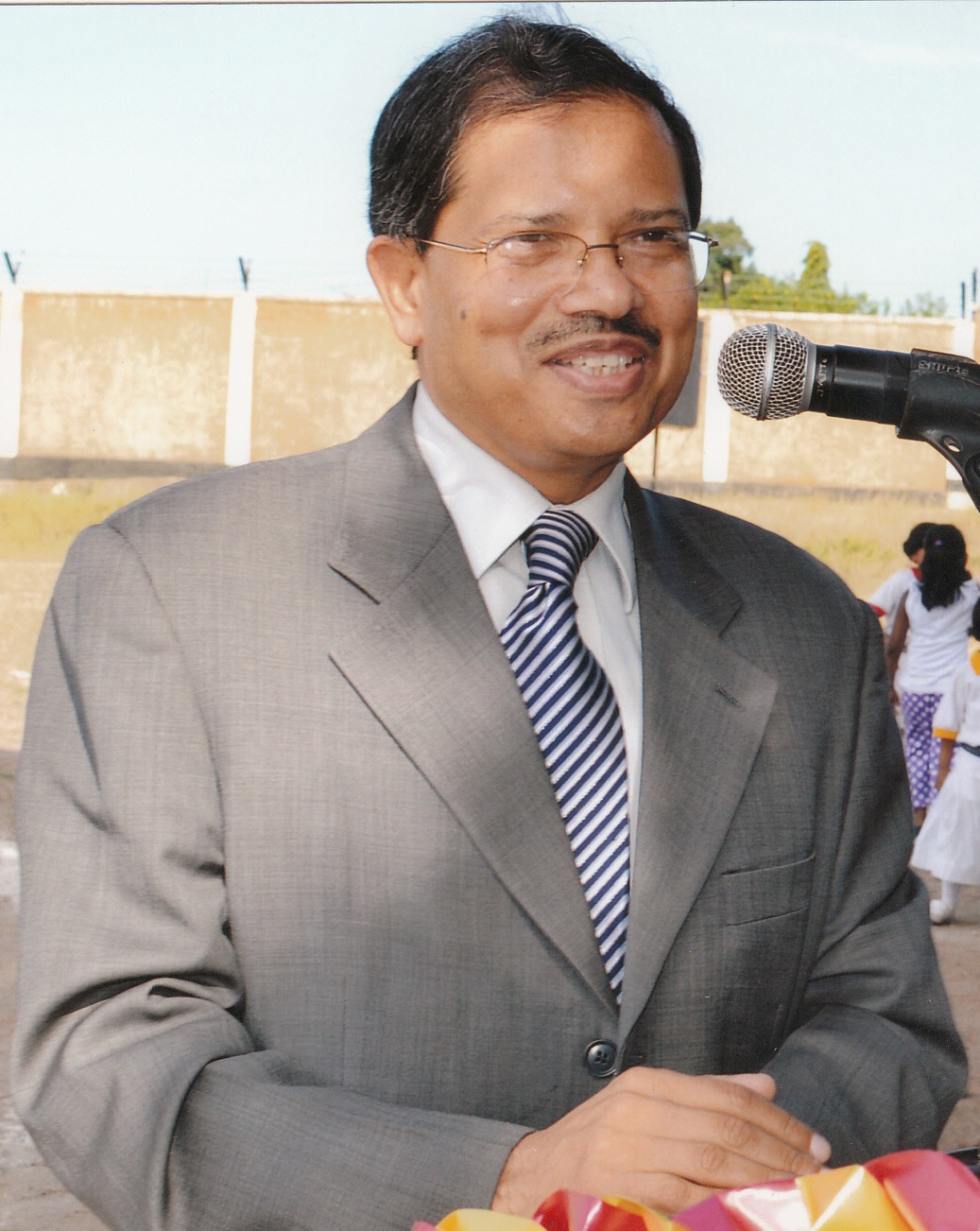

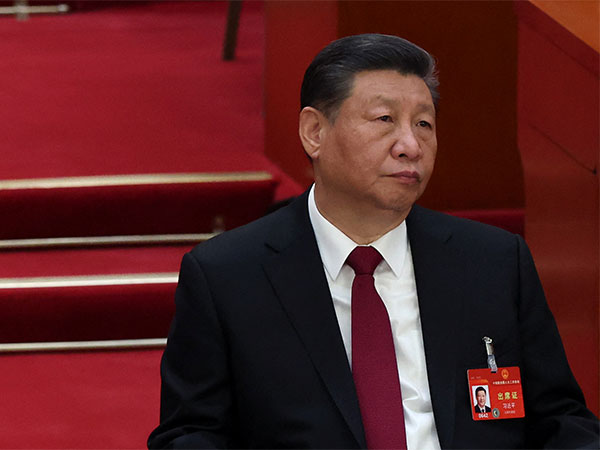
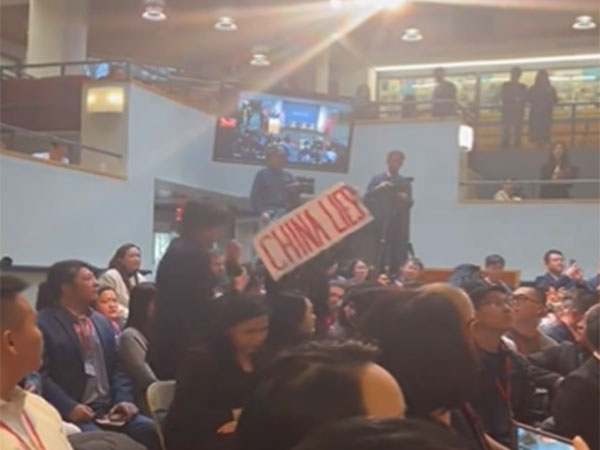
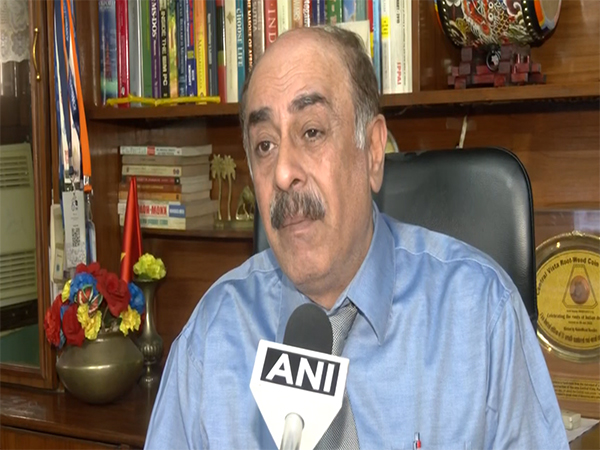
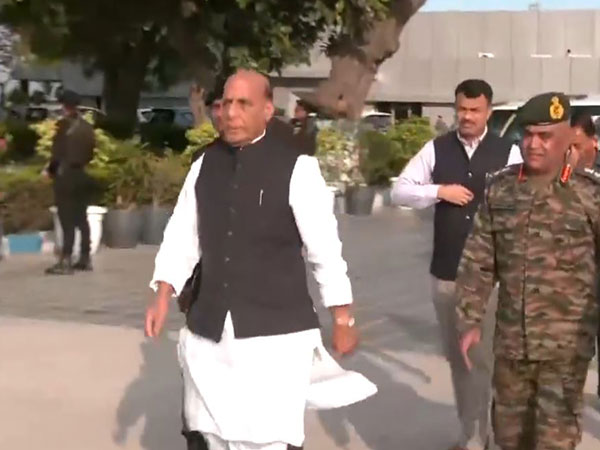
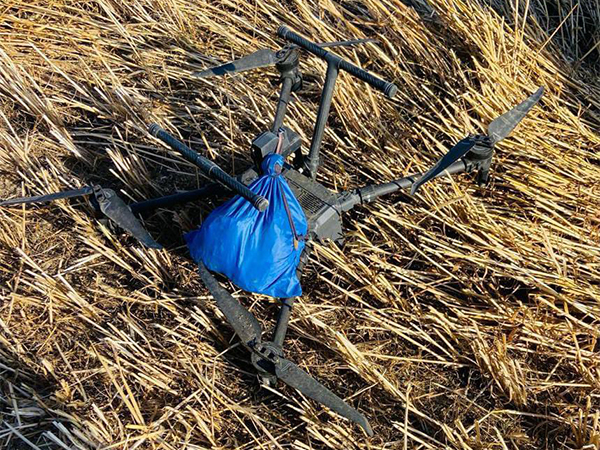

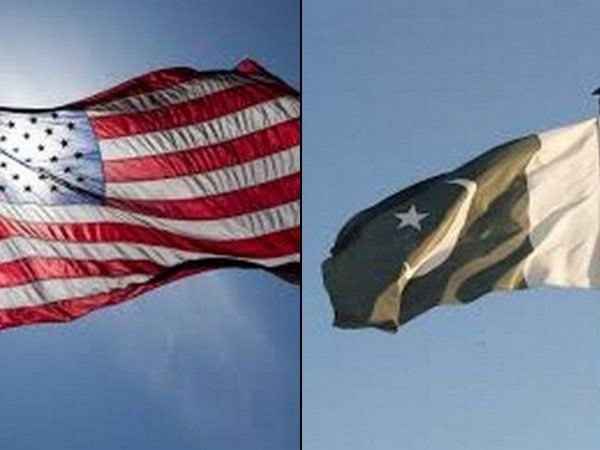
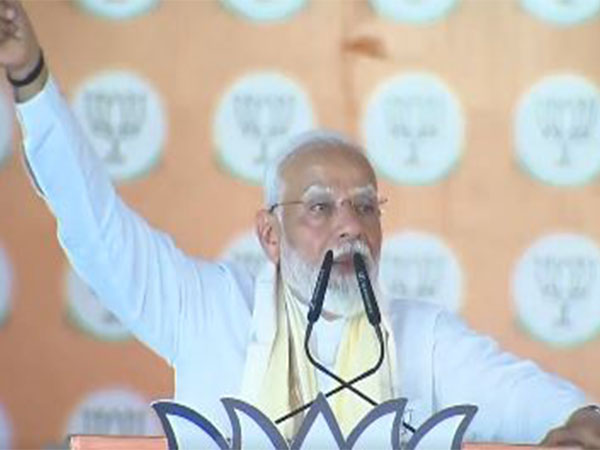
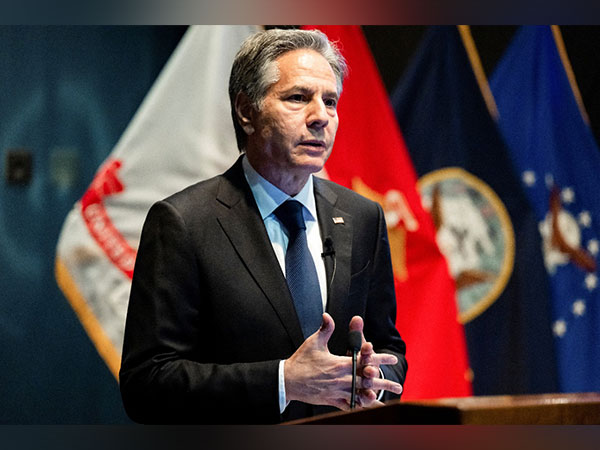
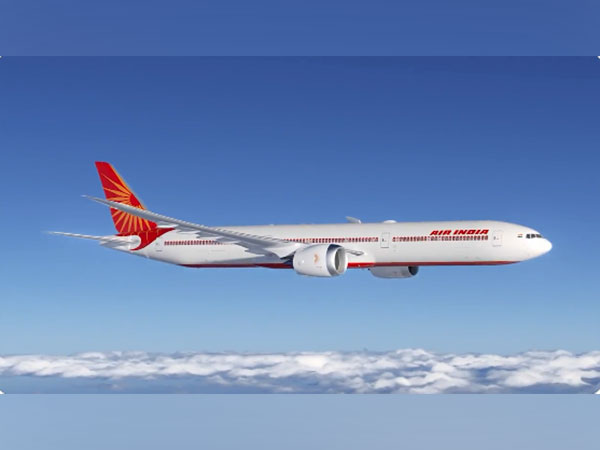






POST COMMENTS (0)